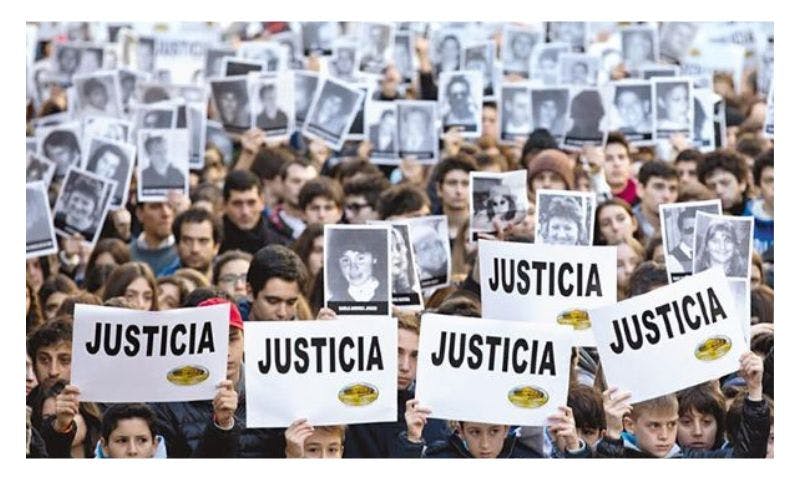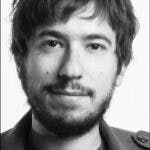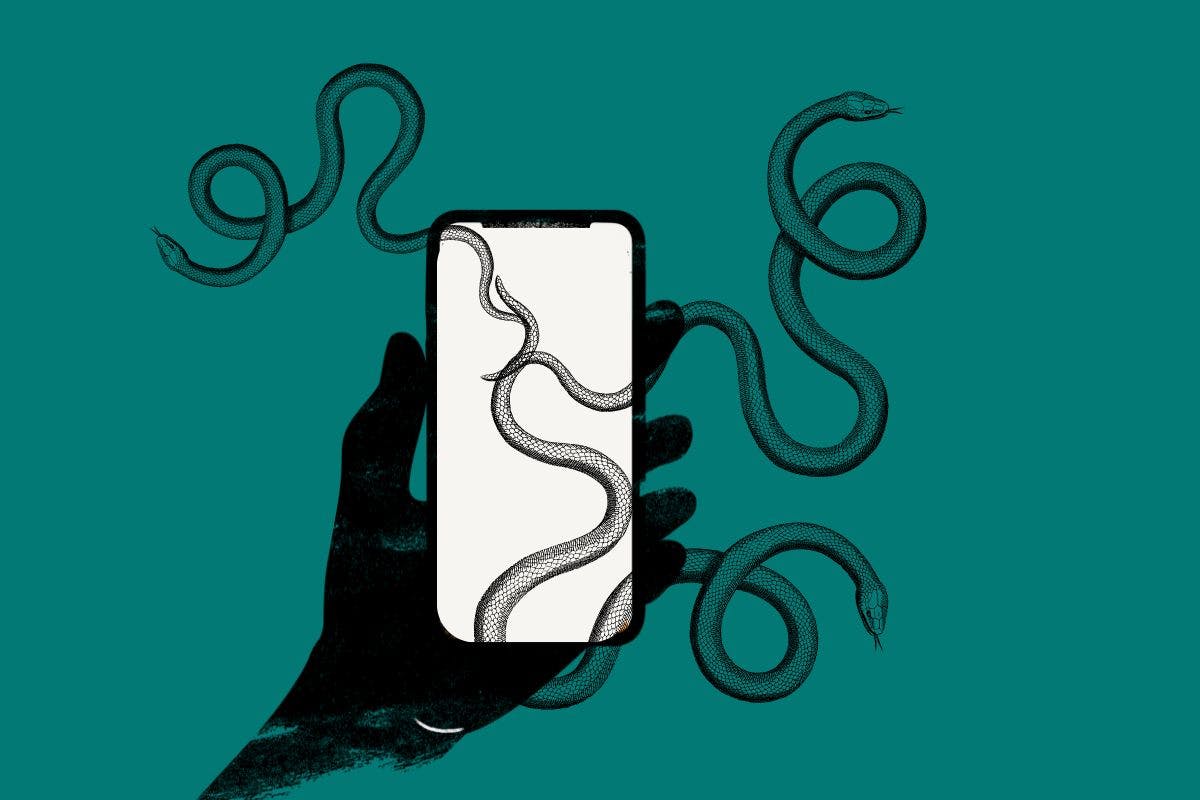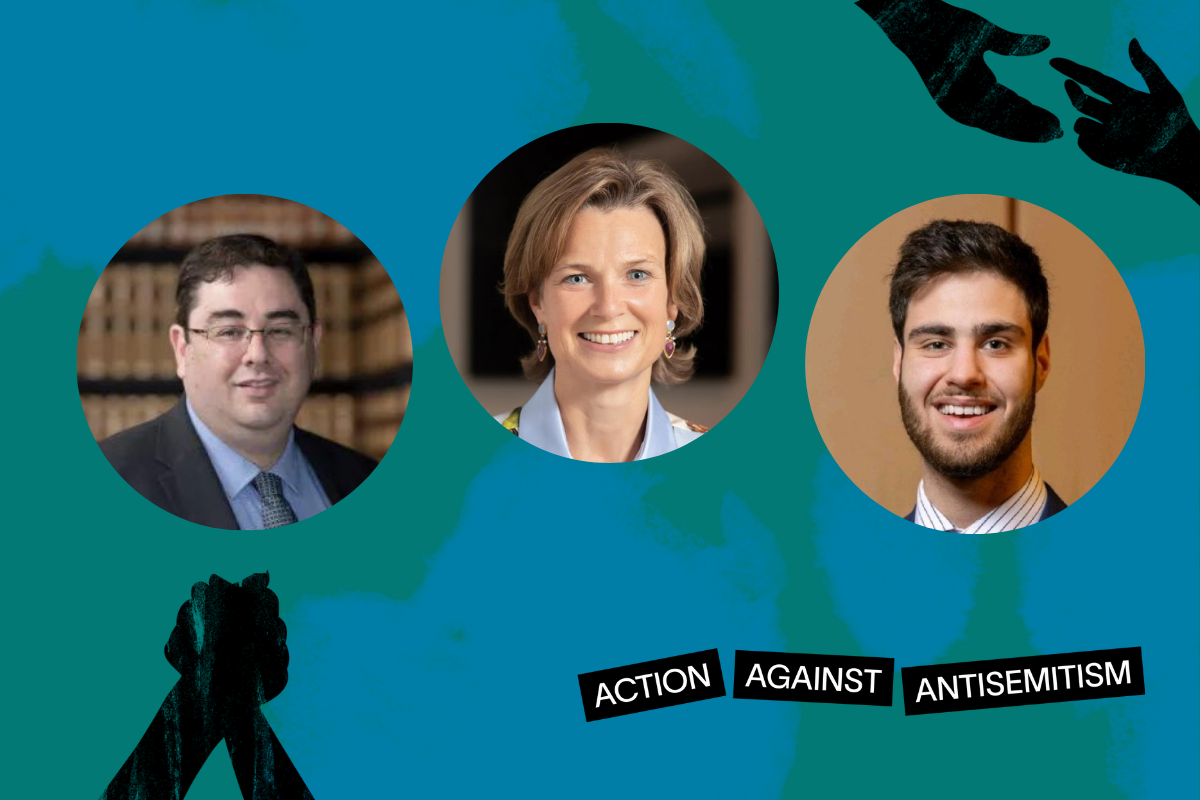Published: 18 July 2023
Last updated: 5 March 2024
On July 18, 1994, 85 people were killed and hundreds injured by bombs at the Argentine Mutual Israelite Association in Buenos Aires. Argentina's Jewish community is still seeking justice, writes JAVIER SINAY.
There is a great crowd of police, among them snipers and armoured trucks; there are green and blue uniforms and private security guards questioning everyone who reaches the metal detectors, and when my turn comes the question is: “How did you hear about today’s event?” Which seems slightly outrageous: everyone knows it is happening today.
It was not easy to reach the exact site of the terrorist attack memorial event. The stage is set up on Calle Pasteur – in the centre of Buenos Aires, where shops and offices abound, buses roar and motorbikes hum – but the surrounding area has been closed off to vehicles and, in some places, fenced off to foot traffic.
I respond briefly, then receive a banner displaying the photo of one of the victims from the attack. On the back I read her story: Aída Mónica Feldman de Goldfeler is 39 years old. She is married to Mario and has two children: Juan and Gabriela. She enjoys painting and decorative arts, and she studied at the School of Fine Arts. She is a happy woman, always making jokes, and does what she can to help her family. On Monday, 18 July 1994, she leaves home early to do some paperwork. As times are hard, she is taking the opportunity to stop by the AMIA and register herself at the Job Center.
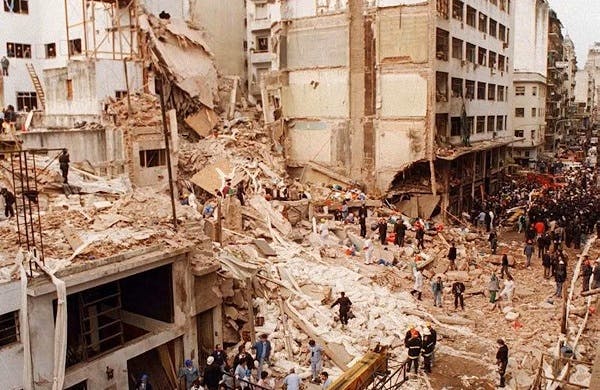
Goldfeler – who looks weary in the portrait, with dark circles under her eyes – was waiting her turn when the attack occurred. The photos of dozens of victims have been handed out in the street. This sea of motionless grey faces proliferating in our hands evokes the famous demonstrations for the desaparecidos of the 1976 dictatorship. A helicopter cuts through the sky and ambulances arrive; even the director-general of the emergency services has come. Alberto Crescenti is a man of action who puts himself on the frontlines alongside the paramedics when there is a train accident or a nightclub fire, and who, this morning, will come to the aid of an elderly woman when she collapses in a moment of grief. Today is Monday, July 18, 2022: After two years of pandemic, during which mass activities were suspended, this annual gathering to demand justice has assembled once more. There are some 6000 people, a restless, expansive crowd, and the sound of a million footfalls is like a threatening whisper.
These people are demanding a resolution to the attack on the AMIA – the Argentine Israelite Mutual Association, the largest Jewish social organisation in Argentina – and that someone be brought to justice for the 85 victims killed and 151 injured. Given no one is in prison after all these years, there is a disquieting belief that no serious investigations occurred. This is not quite true. It was proved that at 9.53am on Monday, July 18, 1994, the AMIA building was razed to its foundations by a white Renault Trafic van, licence plate C-1498506, carrying 300 kilograms of explosives and driven by a suicide bomber. It was proved that the masterminds were high-ranking members of the Iranian government, including one president, two ministers and an ambassador, and that Hezbollah executed the plan. But it has not been possible to confirm this in a courtroom because none of the suspects have agreed to stand trial, in Argentina or anywhere else, nor could they be captured.
And yet even after three trials, with the Supreme Court of Justice identifying it as “the most complex case in Argentine legal history”, even after 29 years of grief, a great deal remains unknown. There have been cover-ups. Conspiracy theories. Weak evidence. Suspicions. Alternative theories. One judge and two prosecutors removed from the case. And one prosecutor dead: Alberto Nisman, discovered in his bathroom with a bullet in his head. That is why this whispering multitude has gathered today on Calle Pasteur.
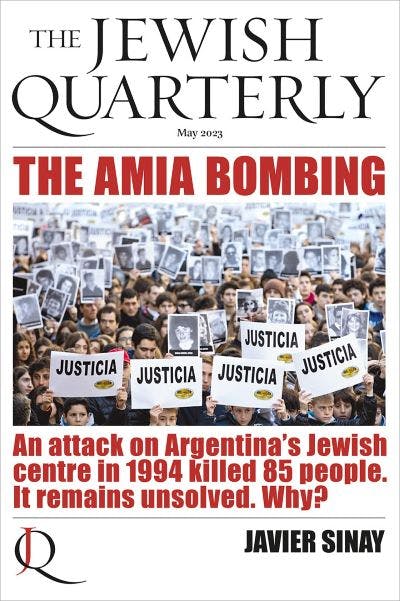
The attack has now coloured nearly 30 years of Argentine politics. But in the first 30 days the mystery appeared to be solved. Some of the things discovered in that month (from July 18 to August 18, 1994) remain pillars of the investigation: the existence of a bomb in a Renault Trafic; the Trafic’s history, including the chapter with Carlos Telleldín – an indebted and shady car salesman who was suspected of being a local connection for the terrorists; even the probable responsibility of Hezbollah and certain officials in the Iranian government. Then everything seemed to flounder, and the legal case sank into a mire from which it still has not managed to escape. I asked Juan José Galeano, the federal judge who was initially assigned to head the investigation into the case, what happened.
“The problem is that when you start looking deeper into matters of private and public corruption, there is an endless chain of factors and proving any one of them is complex,” he explains. “I wanted to know the truth about what happened. And we did find out the truth, we did find out the truth ... but it isn’t easy to bring international terrorists into a courtroom. And sticking your nose into the Buenos Aires Province police ... those kinds of things always bring problems.”
The AMIA’s lawyer, Miguel Bronfman, wrote in his book about the bombing that the labour involved in the case was “monumental” and that “not only was a great deal clarified, but nothing was left uninvestigated”. Memoria Activa, the main group of relatives of victims, indicated the opposite: “Former judge Galeano is one of the people responsible for the fact that, more than twenty-one years after the attack, the relatives of victims and Argentine society do not know what happened on 18 July 1994.”
Evening is falling. The former judge’s face is now half illuminated by the yellow light of a desk lamp. “I was thirty-four years old when the case came to me. With more experience I would have handled it differently, even my staff were all twenty, twenty-two, and we had to take charge in a matter of terrorism in Argentina without police support. Or with the appearance of police support, with the appearance of intelligence support, but each of them had their own agenda. And I thought that when they blow up a building in the middle of the city of Buenos Aires, the capital of Argentina, what would interest all of us most is being on the same side and looking for a solution to the problem – something that clearly did not happen.”
Translated by Robert Croll. This article is an edited extract of Javier Sinay’s “The AMIA Bombing” from the latest issue of The Jewish Quarterly. To read the full article, subscribe here.
